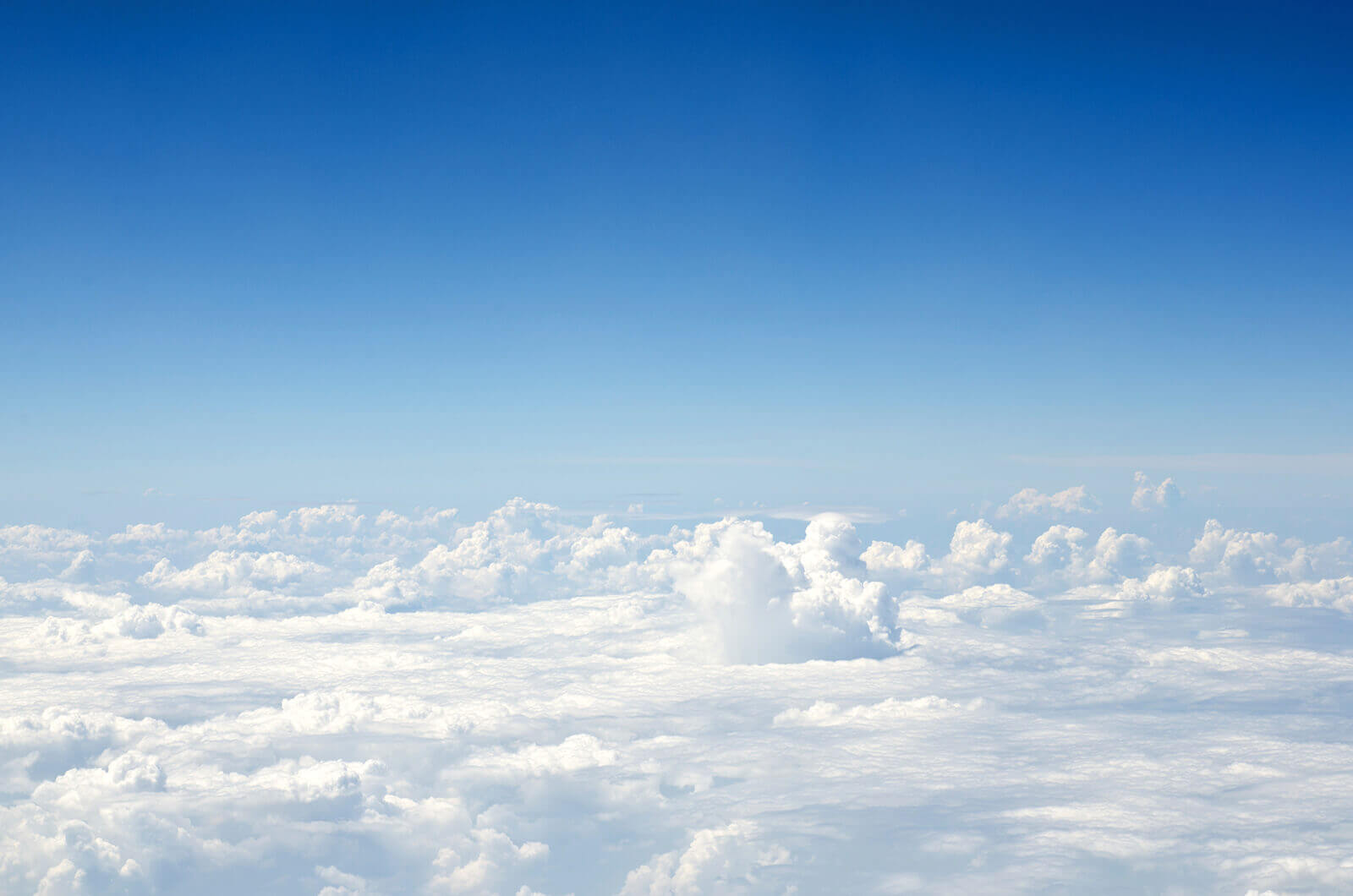
Cheap flights to Grande Prairie










Find cheap flights to Grande Prairie with Cheapflights
1. Tell us where you want to go
Enter your travel information like dates, passengers, trip type (one-way or round trip), and preferred cabin class then click “Find deals”2. Select your favorite providers
We find the providers serving your travel needs. Choose up to four travel providers to compare side-by-side for flights, hotels, or car rentals.3. Compare prices and book
Review each provider’s pricing and select the best option for you! Book through your favorite provider’s website for a seamless experience.Compare providers for flights to Grande Prairie
Provider information is updated monthly. Please note that these providers often have deals for this flight, but the availability may vary on a day-by-day basis on Cheapflights.
Use the table below to compare price accuracy, trust ratings, and cancellation policies for each provider offering flight deals to Grande Prairie in December.
| Provider | Price Accuracy | Trust Score* |
|---|---|---|
| Price Accuracy3 stars | Trust Score*3 stars | |
| Price Accuracy3 stars | Trust Score*1 star |
- Most accurate provider: Out of all of the providers offering Grande Prairie flight deals, Cheapflights users have found eDreams to have the most accurate pricing on Cheapflights vs. their site about >95% of the time, users can find the same price on Grande Prairie flight deals on Cheapflights and eDreams. This is based on searches made for Grande Prairie flights over the past month.
- Most trusted provider: eDreams is the most trusted provider by Cheapflights users offering Grande Prairie flight deals. With a user feedback rating of 3 out of 3 stars (3 being the best), eDreams has received the most positive sentiment from Cheapflights users searching for flights to Grande Prairie. This is based on data collected from Cheapflights searches made over the past month.
Best time to book a flight to Grande Prairie
Have a flexible travel schedule? Discover the best time to fly to Grande Prairie with our price prediction graph.
Cheapflights Insights
Everything you need to know about your flight to Grande Prairie
Rainfall in Grande Prairie by month
In terms of precipitation, rainfall in Grande Prairie ranges from 0.6 - 3.0 inches per month. June is typically the wettest month, when rainfall can reach 3.0 in. February is typically the driest time to visit Grande Prairie when rainfall is around 0.6 in.
Temperature in Grande Prairie by month
If weather is an important factor for your trip to Grande Prairie, use this chart to help with planning. For those seeking warmer temperatures, July is the ideal time of year to visit, when temperatures reach an average of 60.8 F. Travelers looking to avoid the cold should look outside of January, when temperatures are typically at their lowest (around 6.8 F).
FAQs about flying to Grande Prairie
Best Time to Fly to Grande Prairie, Canada
Alberta is warm in the summer (June to August) and very cold in the winter (December through to March). Skiing and snowboarding fans should head to Grande Prairie in March for bargain deals on equipment hire, while hikers and fishing lovers might want to try May or October for cheap accommodations, pleasantly empty trails and the likelihood of good weather. High season in June and July is likely to be the most expensive time to visit.
Getting around Grande Prairie, Canada
Grande Prairie is spread out and the region around town is massive, so a rental car is generally recommended, particularly if you want to take a canoe or skiing equipment to the streams and slopes. However, the city itself has a good public transport system (buses don’t run all night so don’t get caught out!).